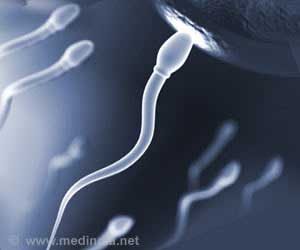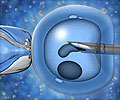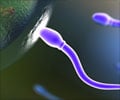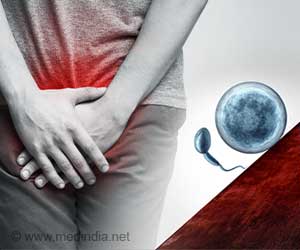Male infertility and the risk of developing cancers like testicular and prostate cancer can be understood better by understanding the development of human sperm stem cells.

‘Understanding the development of human sperm stem cells can lead to development of better tools for diagnosing and treating patients with infertility and cancers such as testicular and prostate cancer in men.’





Previous studies of sperm stem cells have been limited to model systems, including mice. But this first study of developing human sperm stem cells revealed this process was much more complex in humans than had been previously understood. Using genome analysis tools, scientists outlined the multistage process that sperm stem cells undergo during their normal development."This information yields new insights into how sperm stem cells function and develop under normal circumstances," says the study's lead author Bradley Cairns, PhD, senior director of basic science at HCI and professor and chair of oncological sciences at the U of U.
"We have built a very important framework we can now use to help us understand what happens when things go wrong, resulting in issues like infertility and cancer in men."
In the study, scientists examined all of the genes that turn 'on' or 'off' in any given cell during normal development. Using single cell RNA sequencing analysis, the Cairns lab profiled cells individually, establishing the gene expression profile in human sperm stem cells.
Their findings outlined four distinct cellular phases of sperm stem cells maturation, revealing how the stem cells progress from a "quiescent" state, to a "proliferation" state during which stem cells divide, to a final "differentiation" state when stem cells mature to become sperm.
Specifically, the data reveal distinct transitions in factors that influence the different cellular states including cell cycle regulators, transcription factors, and signaling factors.
"Working with my patients with infertility, I have seen how devastating this diagnosis can be," says co-author and reproductive urologist James Hotaling, MD, also an assistant professor of surgery at U of U Health. "This study will help us understand what causes infertility in some cases."
The results may also have implications for understanding how some cancers arise. Men with infertility are known to be at higher risk for certain cancers including testicular and prostate cancers.
"Our study sheds new light on how genes normally function in sperm stem cells," says Cairns.
"The next steps will be to use this knowledge to better understand what changes happen when sperm stem cells don't develop normally and instead convert into cancer cells."
The authors believe the results of the study could lead to better tools for diagnosing and treating patients with male infertility, as well as uncovering the complicated genetic changes that underlie cancers associated with male infertility.
Cairns and Hotaling collaborated with first author Jingtao Guo and co-authors Edward Grow, Chongil Yi, Patrick Murphy, Candice Wike, and Douglas Carrell. The research is titled "Transcription, Signaling and Metabolic Transitions During Human Spermatogonial Stem Cell Differentiation".
Source-Eurekalert













